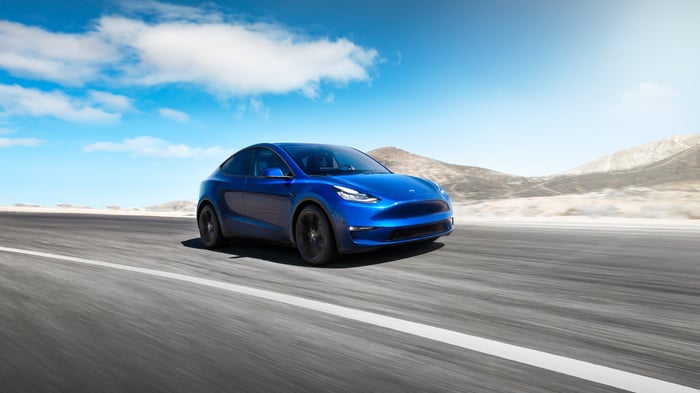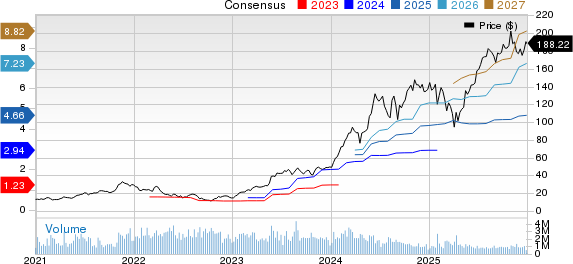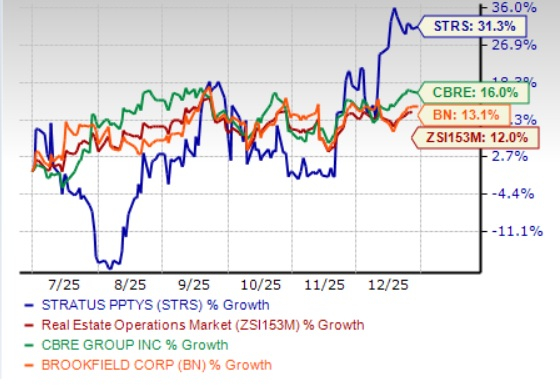A Closer Look at Tesla: Challenges Ahead Despite $1 Trillion Valuation
Tesla (NASDAQ: TSLA) reached a historic $1 trillion valuation in October 2021, thanks to remarkable growth in its electric vehicle (EV) operations. Investors were filled with hope for its future. However, as 2022 rolled in, the company fell out of the trillion-dollar club when the S&P 500 (SNPINDEX: ^GSPC) entered a bear market. Despite a recent surge in stock price, Tesla has yet to reclaim its all-time high, primarily due to slowing EV sales stemming from weaker demand and increasing competition.
Since former President Trump’s reelection on Nov. 5, Tesla’s stock has gained 30%. Given Musk’s support for Trump during the campaign, there is speculation that Tesla may benefit from favorable policies from the new administration. After regaining a valuation above $1 trillion, it’s important for investors to proceed with caution as Tesla’s stock price appears higher than its peers, including Nvidia.
Declining Sales Growth Raises Questions
Tesla showcased impressive sales with 936,222 EVs delivered in 2021—an 87% increase from the previous year. The numbers continued to rise, with 1.3 million vehicles delivered in 2022 (a 40% increase) and 1.8 million in 2023 (up 38%). However, recent trends reveal a decline in growth, with deliveries dropping to 1.29 million units in the first nine months of 2024, marking a 2.3% decrease from the same period last year. This decline represents the first annual sales drop since Tesla introduced its Model S in 2011.
The EV market faces a slowdown in demand, as consumers express concerns about resale values and the availability of charging stations, according to a report from Goldman Sachs. Rising interest rates and high living expenses are also steering buyers towards more affordable gasoline-powered vehicles.
Furthermore, competition has intensified, particularly from budget-friendly manufacturers like China’s BYD. The BYD Seagull, priced below $10,000, poses a challenge to Tesla, especially in the world’s largest EV market and potentially in Europe by 2025.
Musk has hinted at a growth forecast of 20% to 30% for next year’s deliveries. However, with recent cancellation of plans for a low-cost vehicle to rival offerings like BYD, it remains unclear how this target will be achieved.

Image source: Tesla.
Future Focus on Autonomous Driving
On Oct. 10, Tesla introduced its Cybercab robotaxi, which will operate autonomously thanks to its full self-driving (FSD) software—built without pedals or a steering wheel. Although mass production is projected for 2026, FSD remains unapproved for unsupervised use on U.S. roads.
Tesla owners have already logged billions of miles with FSD in beta, requiring them to be ready to take control if necessary. In its latest safety report for Q3 2024, Tesla noted an accident rate of one crash every 7 million miles driven using FSD; this is about ten times safer than the national average of one crash per 700,000 miles.
Regulatory approval may come sooner rather than later, especially as Alphabet‘s Waymo has started offering driverless rides in some cities. Musk is optimistic that Tesla could launch a similar service in California and Texas as early as next year.
Ark Investment Management’s Cathie Wood foresees that Tesla could potentially earn $756 billion annually from autonomous ride-hailing by 2029, compared to an expected total revenue of $99 billion from current operations this year—a significant leap. Some analysts believe that Trump’s reelection may accelerate the approval process for Tesla’s FSD and Cybercab, given Musk’s backing of the campaign.
Dan Ives from Wedbush Securities considers Musk’s political engagement a “poker move for the ages,” which could be critical for Tesla’s autonomous driving goals.
High Valuation Raises Red Flags
Despite its soaring valuation, Tesla’s stagnated EV sales and frequent price reductions have contributed to a decline in earnings over the past year. The company’s earnings per share (EPS) dipped to $2.40 over the past four quarters, reflecting a 33.5% decrease from the previous year.
Following its recent 30% rise since Nov. 5, Tesla’s stock now boasts a staggering price-to-earnings (P/E) ratio of 133.8, making it the most expensive stock among its trillion-dollar peers—nearly double that of Nvidia:

NVDA PE Ratio data by YCharts
A fundamental difference exists between Tesla and Nvidia; while Tesla is experiencing declining earnings, Nvidia is witnessing remarkable growth. Wall Street analysts project a 138% increase in Nvidia’s EPS for fiscal 2025 (ending January) according to Yahoo’s consensus forecast.
If Musk’s estimates hold true and the Cybercab launches in mass production by 2026, investors may need to endure another year of weak sales and earnings. Even if a more lenient regulatory approach under Trump accelerates FSD’s rollout, substantial revenue will likely depend on the scalability of the ride-hailing network via the Cybercab.
Given this context, it is challenging to justify investing in Tesla stock at its current valuation. For those optimistic about autonomous driving, waiting for market corrections could be the wiser choice before investing.






